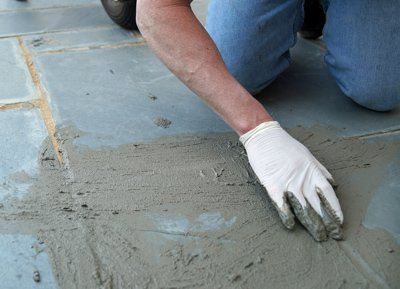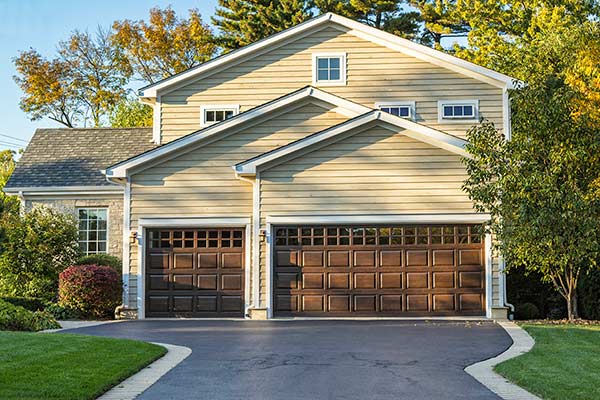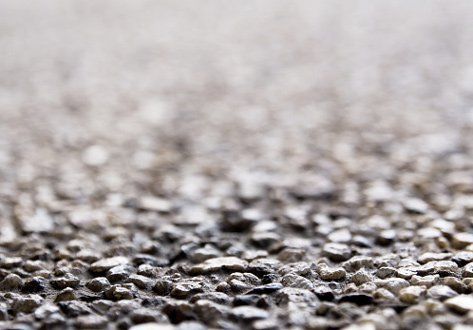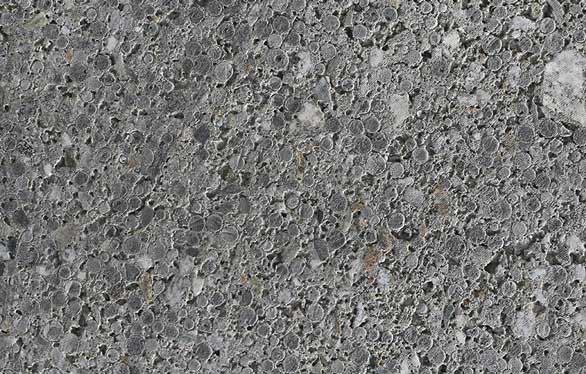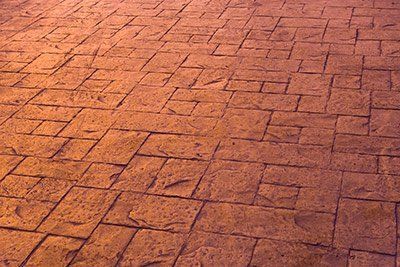As you surely know by now, concrete is one of the most durable and long-lasting of all paving materials. For this reason, more and more people are turning to concrete, even choosing to use it for indoor flooring. The rise of decorative concrete has accelerated this trend, allowing concrete to satisfy a versatile range of aesthetic formats.
Of course, concrete must be protected in order to ensure an optimal lifespan. Concrete sealers are the best way to accomplish this. Unfortunately, many people fail to understand the basics about concrete sealers. If you would like to improve your knowledge about how to protect a concrete floor, read on. This article will provide a useful overview of the different types of concrete sealer currently on the market.
Penetrating Sealers
The most basic distinction among concrete sealers is whether they belong to the category known as penetrating sealers or that of film forming sealers. Penetrating sealers are the go-to choice where protection is the most criteria. These sealers are distinguished by the fact that, as you might guess from their name, they actually move down into the concrete.
This gives the concrete three-dimensional protection. By sealing the concrete from within its network of capillaries, a penetrating sealer ensures that your concrete will be protected no matter what happens at the surface. This makes penetrating sealers a great choice for garage floors and other surfaces that see heavy use and abuse.
Penetrating sealers also offer excellent protection against cycles of freezing and thawing. This helps make the concrete less susceptible to such issues as pitting and spalling. The matte finish of a penetrating sealer will also allow the concrete to retain its natural traction. Both of these facts make penetrating sealers an excellent choice for protecting exterior concrete.
Film Forming Sealers
Film-forming sealers operate in a much different manner than penetrating sealers. As their name would imply, film-forming sealers act to form a hard, water impermeable barrier on the surface of the concrete. This film allows the sealer to be buffed and polished, thus yielding a highly attractive surface finish, one that is especially well suited for indoor decorative concrete.
Film-forming sealers can be broken down into three different types, according to their principal ingredient:
Each of these substances has its own unique set of strengths. Acrylic sealers merit praise for their ability to augment decorative varieties of concrete such as colored, stamped, or exposed aggregate concrete. An acrylic sealer will dry to a glass-like state of transparency, allowing the underlying features of the concrete to be exposed in all their glory.
Those who opt for an acrylic sealer should recognize that it will need regular maintenance. As it ages, it will also likely need to be buffed and polished to remove the scuffs and scratches that will accumulate. Floor wax can help to reduce the accumulation of such imperfections, at least in the short term.
Polyurethane and epoxy-based concrete sealers boast a higher degree of resistance to normal wear and tear. This means they will require less intensive maintenance efforts, making them a great choice for high traffic areas. The principal distinction between polyurethane and epoxy sealers is that the latter can be tinted to allow them to integrate with the color scheme of the underlying concrete.
Bottom Line
Concrete is more than just a floor- it is an investment in the future of your home or commercial property. Do yourself a favor and respect your investment by having your concrete sealed. This will act to both protect and beautify your floors. For more information, feel free to contact the experts at
Carolina Concrete Designs, Inc.